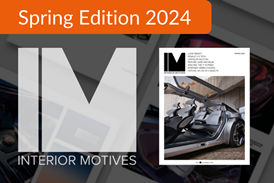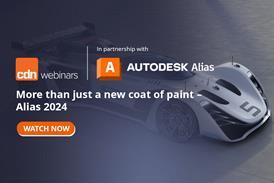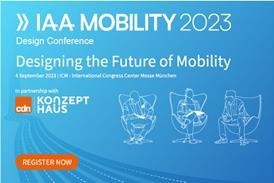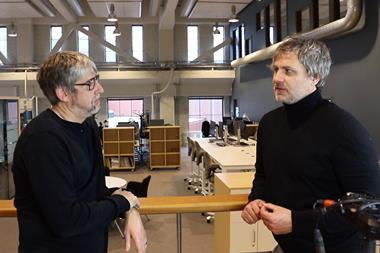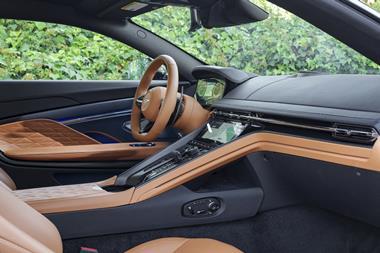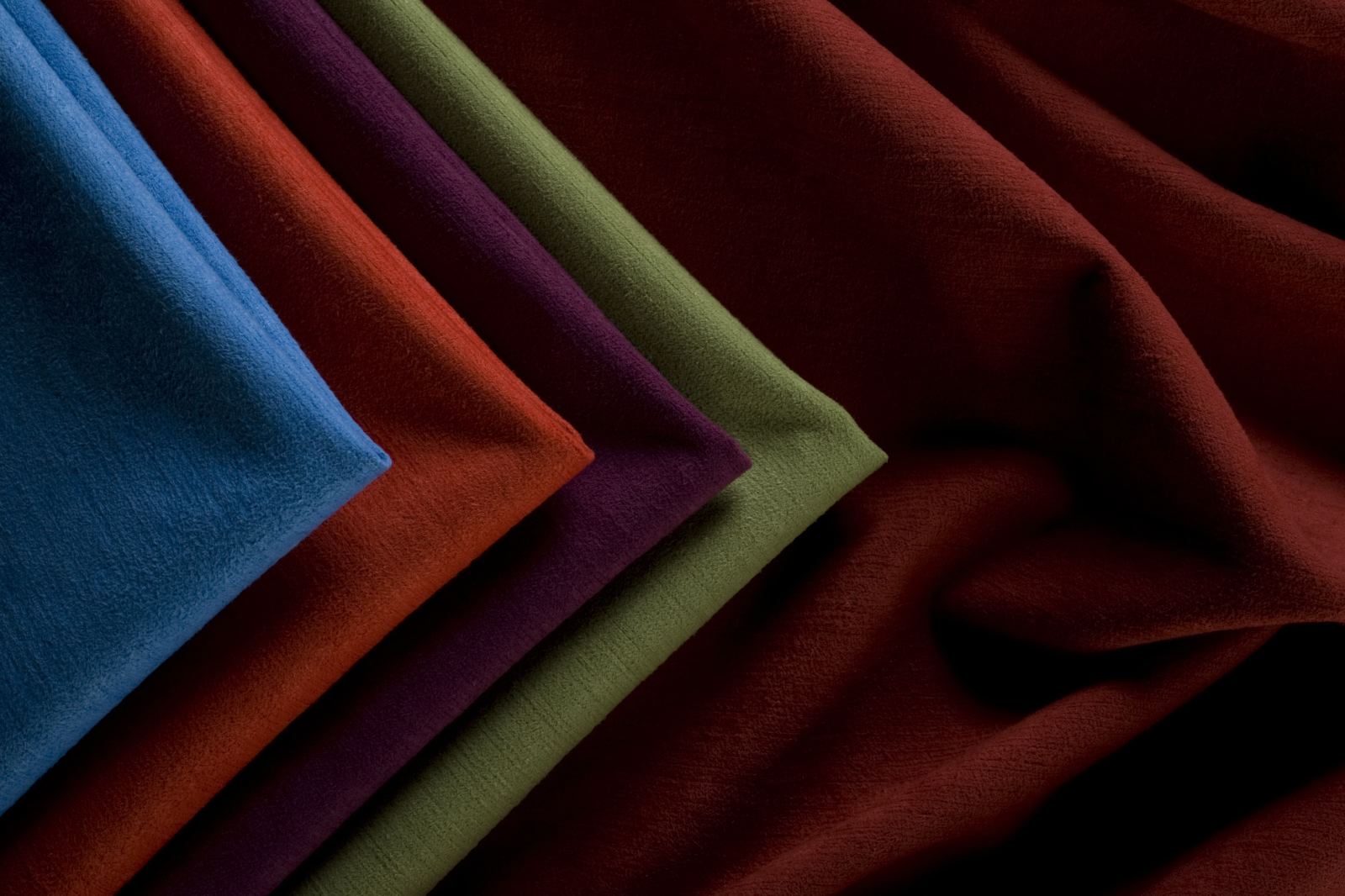
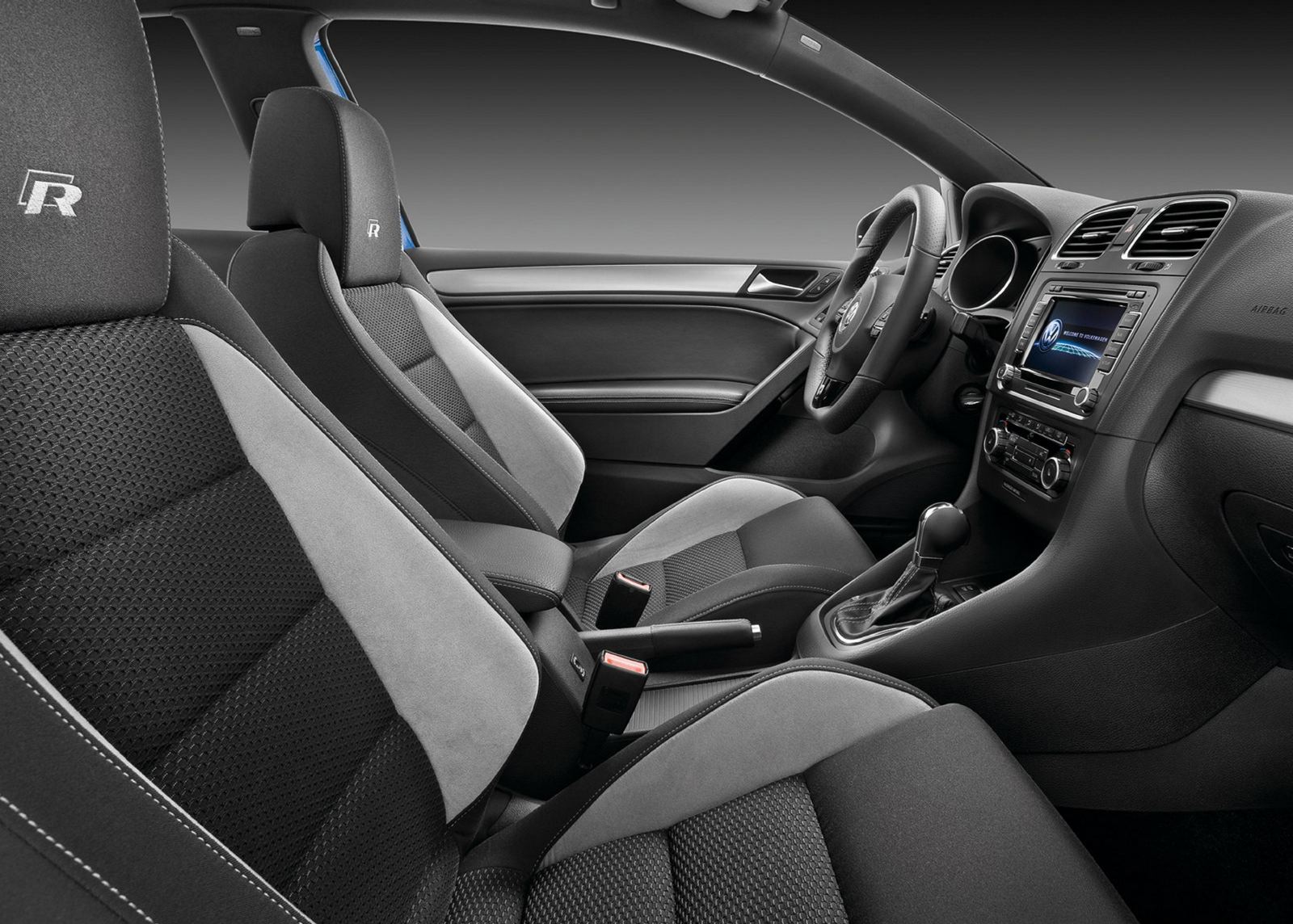
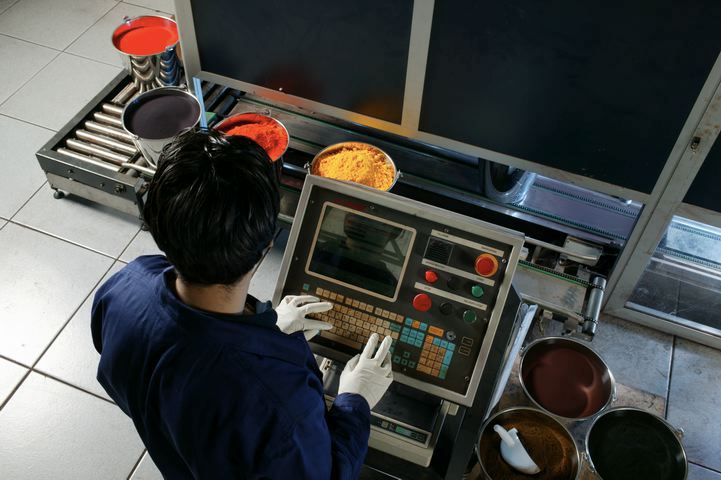
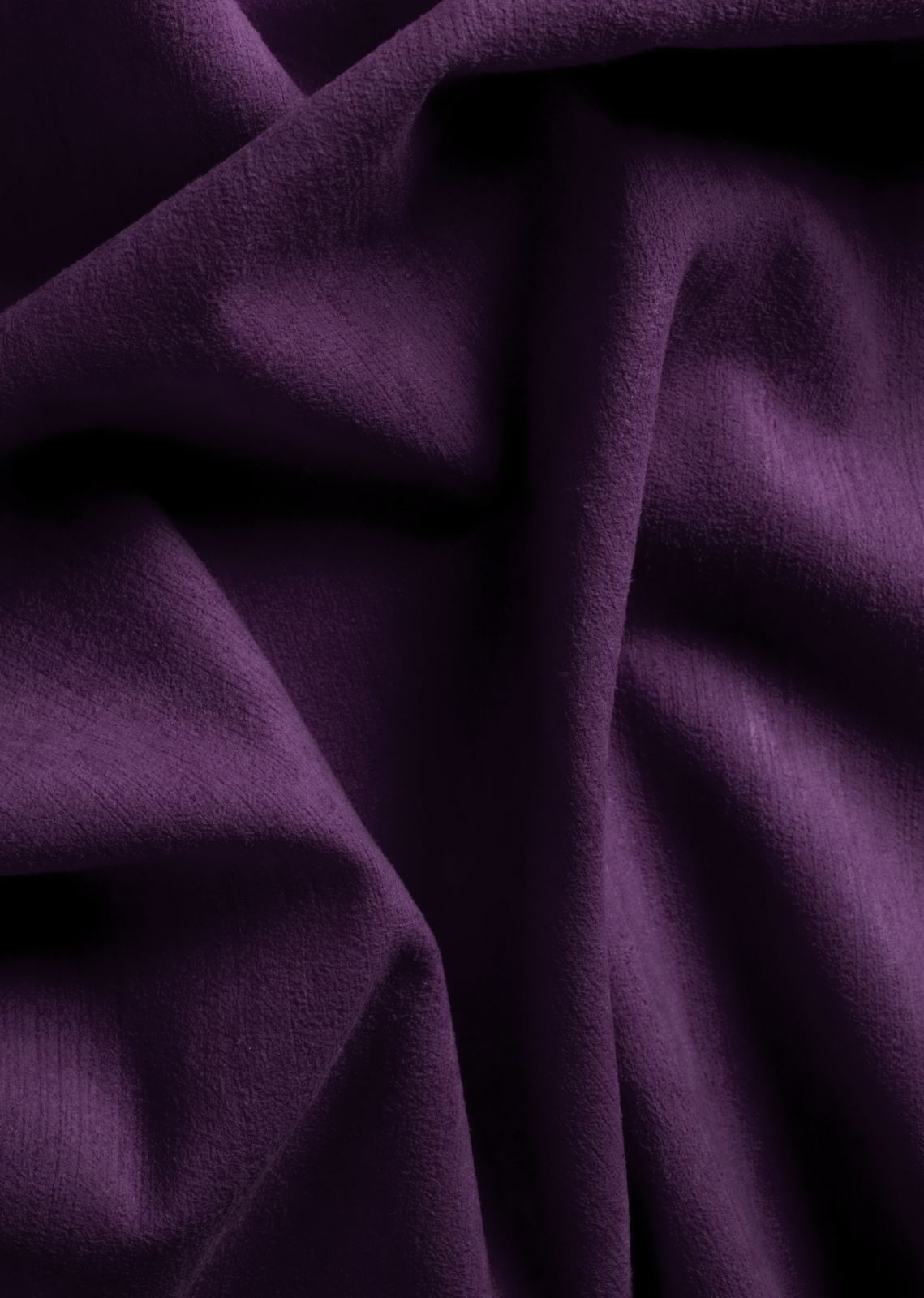
The advanced technology used during the textile’s production process enables it to be made flame-retardant without applying resins to its underside. As well as being up to 100 percent eco-compatible, the material complies with automotive legislation and standards requirements both inside and outside of Europe.


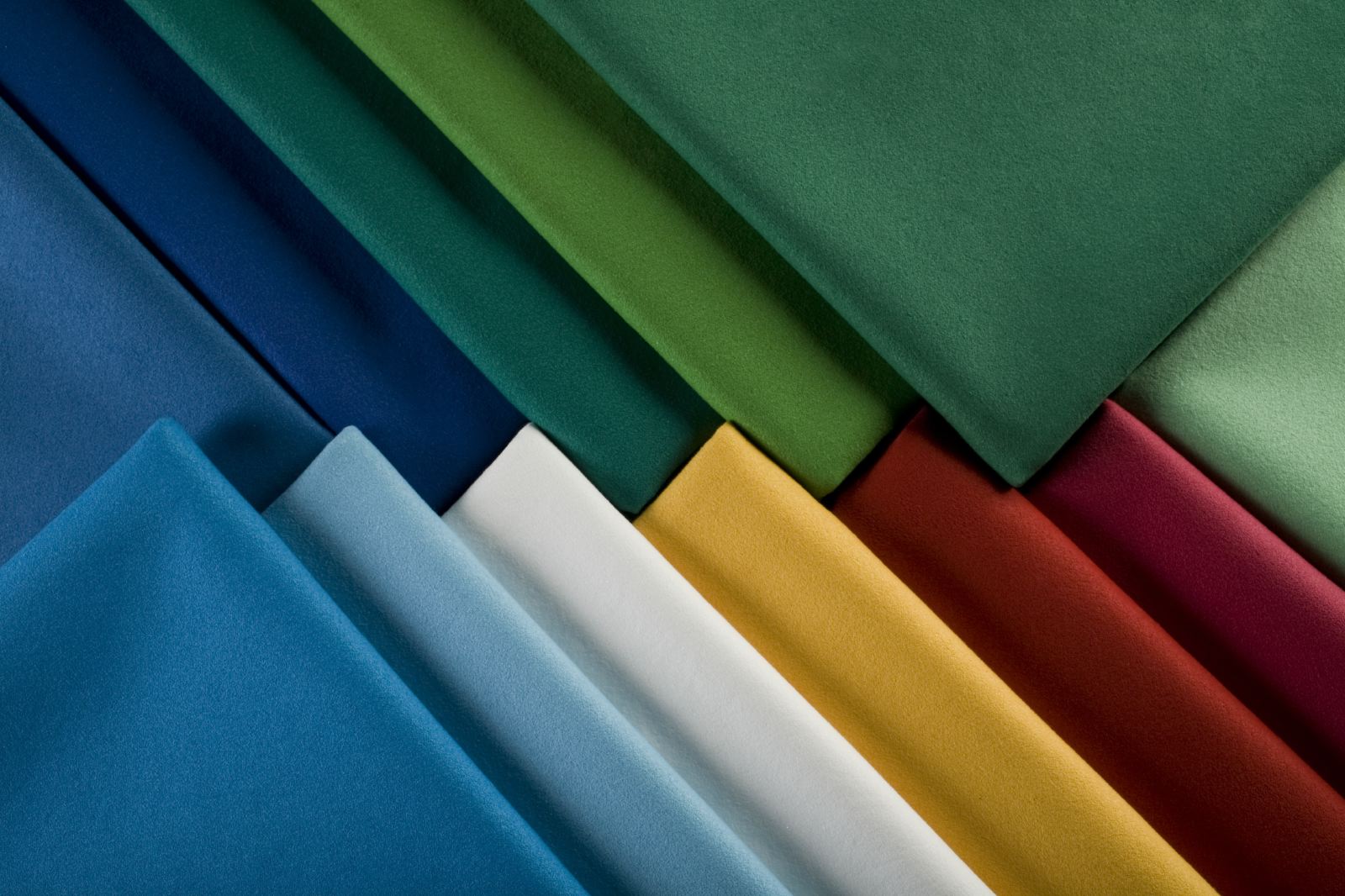
Miko only employs non-toxic production methods and the company has received Oeko Tex Standard 100 certification to confirm that no harmful elements have been used in the finished Dinamica product. The polyester is immersed in a water-based polyurethane bath without the use of solvents, unlike traditional processes for separating microfibers from a polyester base.
Using recycled polyester - instead of regular polyester which is made with gas or petroleum - also means the impact on the environment is greatly decreased. Miko has calculated that its processes save an estimated 60-70 percent on energy consumption, and reduce the load of CO2 emissions on the planet by 60 percent. The water used during the dyeing and finishing processes is also delivered back to the environment.
Miko’s modern dyeworks enables Dinamica to be made available in the full spectrum of colors covering all degrees of the color scale including light and pastel shades with sunlight-resistant dyes that do not fade over time. If requested, Miko is also able to customize the microfiber material with bespoke designs (laser, embossing and perforation) and personal colors for a tailor-made product for the customer.
“Generally, the automotive industry has been very conservative with its use of color, with black, beige and grey consistently being the firm favorites,” comments Terraneo. “Now, however, there is a tendency to develop other colors, often in combination with the leather inside the vehicle,” he explains. “It depends on the OEM though. While some are prepared to do more development of colors or use perforation to give some texture on the fabric, or a laser effect, others remain more conservative and require just the plain effect of the suede.”
Apart from bespoke developments, Terraneo says that the manufactured width of Dinamica Auto Stretch is being increased so there will be less wastage for car makers and cost efficiency will be maximized for the industry.
And the developments don’t stop there. Miko is currently assessing the environmental impact of materials and energy use at all the different stages in the lifecycle of Dinamica - from raw material acquisition, manufacture, distribution, use, and disposal - and is looking to develop the means to maximize eco responsibility throughout the lifecycle of all its products.
So which new cars will be featuring Dinamica in the future? Terraneo remains tight-lipped about imminent unveils, but the results of new projects with both PSA and Jaguar/Land Rover are anticipated at the Geneva and Paris motor shows this year, while forthcoming interiors incorporating Dinamica look set to be underway with Honda and Opel.
Related Website:
www.dinamicamiko.com
Car Design News will be hosting a webinar presented by Lorenzo Terraneo, CEO of Miko. The session will cover the application of Dinamica Auto materials on seating areas, door panels and roof lining, as well as on steering wheels, gear shifts and parking brakes.
Register now to participate in the live webinar entitled: ‘Driving the Green Way: the First Ecological microfiber for Automotive interiors’ taking place on 31 March 2010, at 15:00 GMT.
Topics
Miko’s high performance material with an ecological edge
- 1
- 2
 Currently reading
Currently readingMiko’s high performance material with an ecological edge - 2

